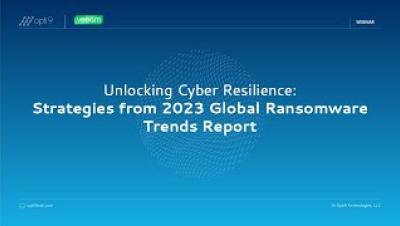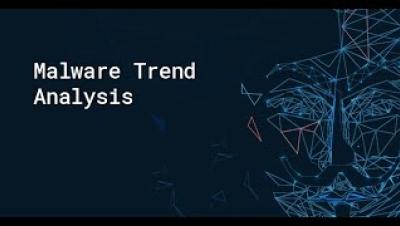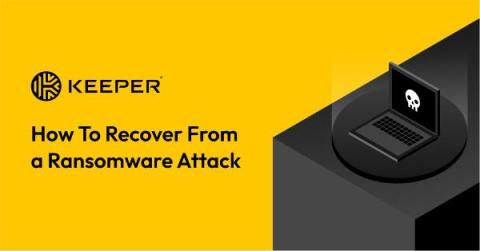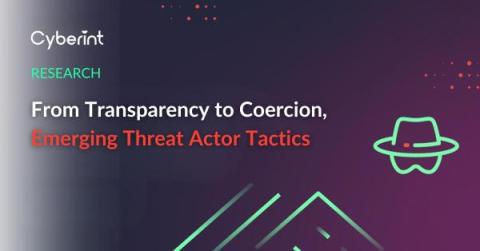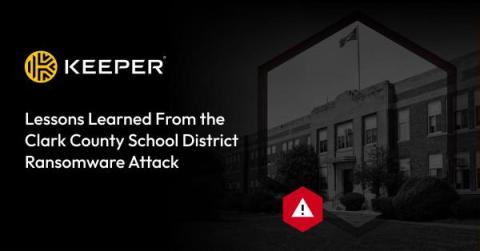Security | Threat Detection | Cyberattacks | DevSecOps | Compliance
Malware
Unlocking Cyber Resilience: Strategies from the 2023 Global Ransomware Trends Report
Webinar Replay: Q3 2023 Threat Landscape: Kroll Top 10 Malware Strains
How To Recover From a Ransomware Attack
If you’re the victim of a ransomware attack, there are no guarantees that you can recover your stolen data. The best you can do is mitigate the effects of the attack and remove the ransomware from your device. The steps to recover from a ransomware attack include isolating your device, removing the ransomware, restoring your backed-up data and changing any compromised login credentials.
Introducing VM Encryption Detection
From Transparency to Coercion, Emerging Threat Actor Tactics
Your Backup Data: An Untapped Source of Security Intelligence
It goes without saying that organizations must back up their critical data to ensure business continuity in the event of cyber attacks, disasters, operational failures, or insider threats. But are passive backups enough in today’s environment of sophisticated cyber threats? Despite having backups and various security tools to monitor infrastructure, organizations remain vulnerable to attackers who are still managing to penetrate defenses.
Lessons Learned From the Clark County School District Ransomware Attack
Clark County School District in Nevada, the fifth-largest school district in the United States, recently experienced a massive data breach. Threat actors gained access to the school district’s email servers, which exposed the sensitive data of over 200,000 students. The district is now facing a class-action lawsuit from parents, alleging it failed to protect sensitive personal information and take steps to prevent the cybersecurity attack.



